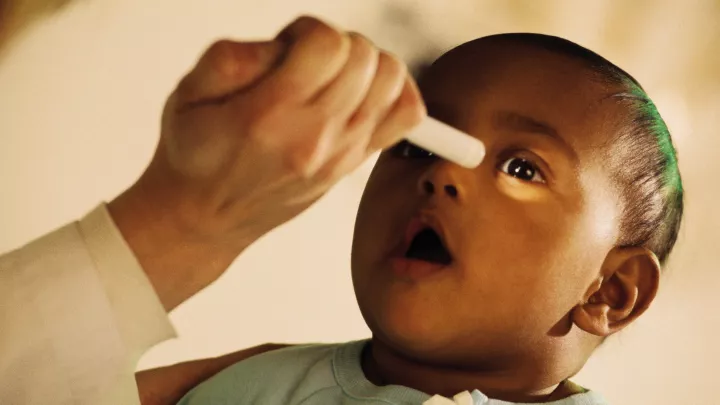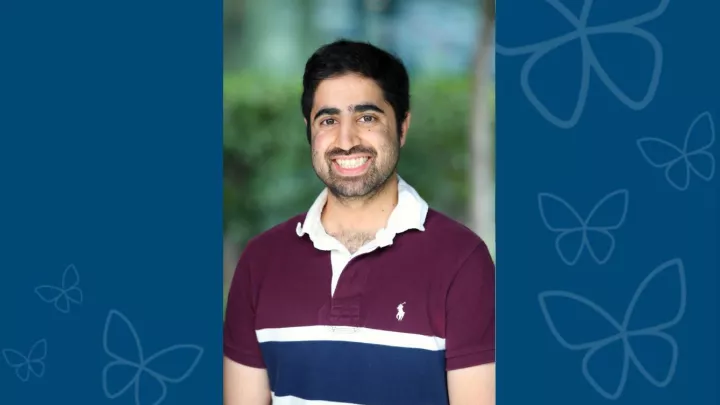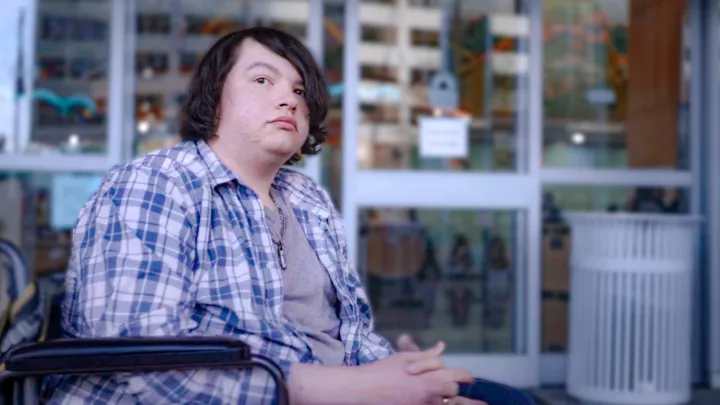Improved Treatment for SCIDS
Treatment Protocol for Infants with SCIDS
Patients with Severe Combined Immunodeficiency Syndrome (SCIDS) can only be cured by a successful transplantation of hematopoietic stem cells from a healthy donor. For SCIDS infants who have a brother or sister who is a "match," the transplant process is relatively easy, with a high rate of success. However, most infants with SCIDS do not have a matched family donor and therefore need a hematopoietic stem cell transplant from another donor.
For many years, the best treatment option for infants with SCIDS who needed a hematopoietic stem cell transplant but did not have a matched sibling was to use the bone marrow from one of the parents.
However, parents only half-match their children and therefore these transplants may be complicated by immune reactions against the child’s body (graft-versus-host disease). More recently, the National Marrow Donor Program was established as a registry of more than 10 million potential donors.
The use of hematopoietic stem cells from unrelated adult bone marrow donors or from banked umbilical cord blood has emerged as a way to find better matched stem cells. Additionally, new combinations of medicines have been identified to facilitate the engraftment of the donor stem cells with fewer side effects than previous approaches could have. Based on these advances, we have developed a new clinical research protocol for the treatment of infants with SCIDS who lack a matched sibling donor.
This new treatment protocol was started in January 2006 for patients treated at Children's Hospital Los Angeles. Initial experience has shown that this new protocol does, indeed, have the predicted improvement in side effects, while leading to restoration of the immune system.


